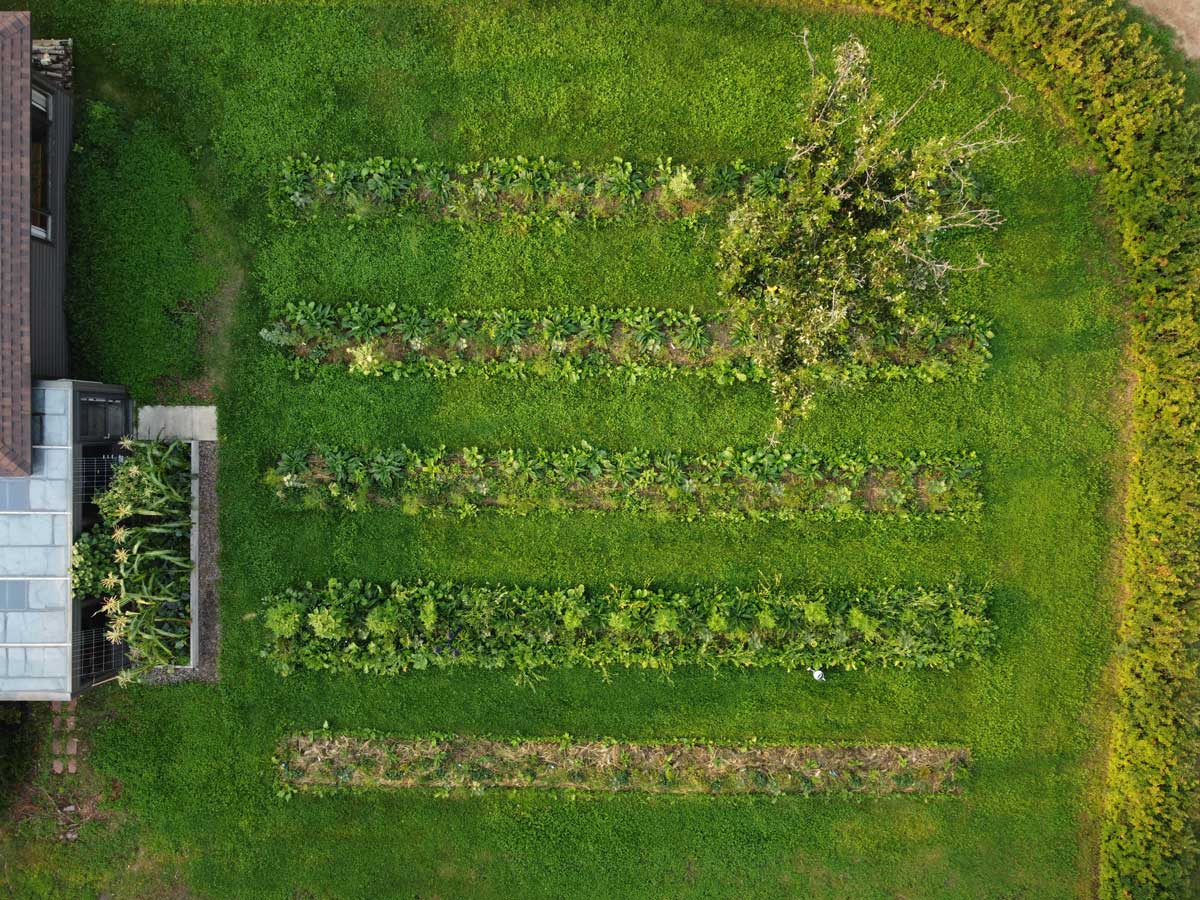Today we’re learning how we can grow MORE food with LESS work by using food forests. Including what they are, how they’re restorative to nature, and how you can grow one no matter what climate or growing zone you’re in.
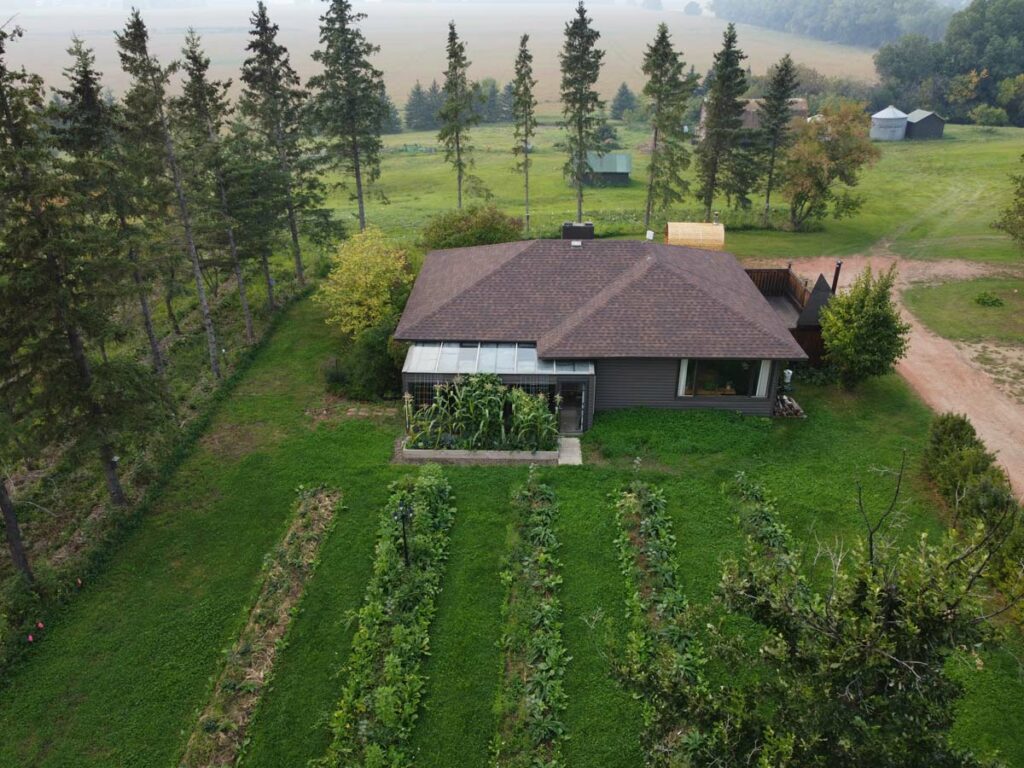
Table of Contents[Hide][Show]
Why I Love Food Forests
The first time I heard the term “food forest,” I wasn’t really sure what people meant by it. As I started to learn more about it, I learned that it combines permaculture and restoration practices for edible gardening.
A lot of food forests are designed with a perennial type structure including fruit trees and berry bushes, but they can also incorporate annual vegetables and a lot more plants than one might imagine possible. The advantage to this is, of course, increased food from your land, but it also cuts back on weeds AND naturally improves the health of your soil with less hands-on work.
This blog post was originally published to include my podcast interview (episode #296) with Daron, the founder of Growing With Nature, but has since been updated with my interview with Takota Coen of Building Your Homestead (episode #440). If you’re looking to incorporate food forests into your landscape and homestead, I highly recommend listening to both episodes.
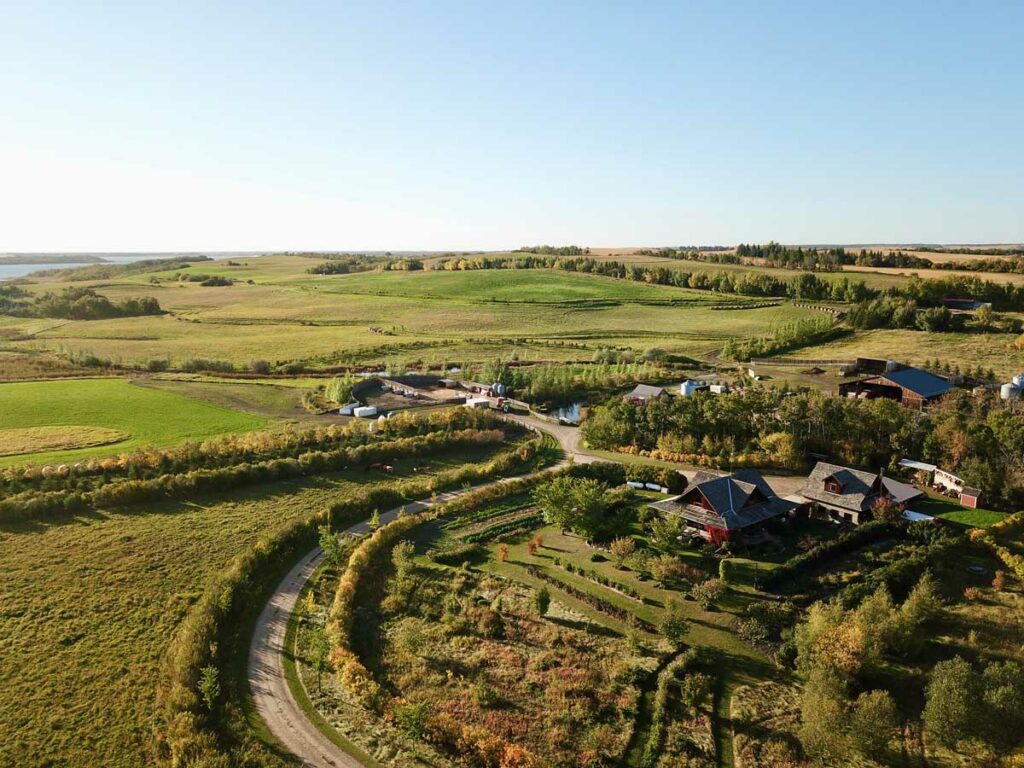
What Is a Food Forest?
Have you wondered what a food forest is? It’s an agroforestry system that mimics the climax ecosystem of a forest. Most people are familiar with these systems for food, but as Dave Jacke says, they can also be used for fiber, fuel, fertilizer, fodder, pharmaceuticals and fun.
Think of it like a multispecies orchard where all of the requirements and products of each individual plant are supplied and used by other elements in the orchard.
So rather than humans indefinitely providing all the weeding, watering, fertility, pest management, and frost/wind protection, forest gardens are thoughtfully designed to facilitate their own needs and yields.
When human input is required, it is designed to be as short-term, efficient and enjoyable as possible. The ultimate goal is an agricultural system that provides yields for centuries and whose major human input is harvesting.
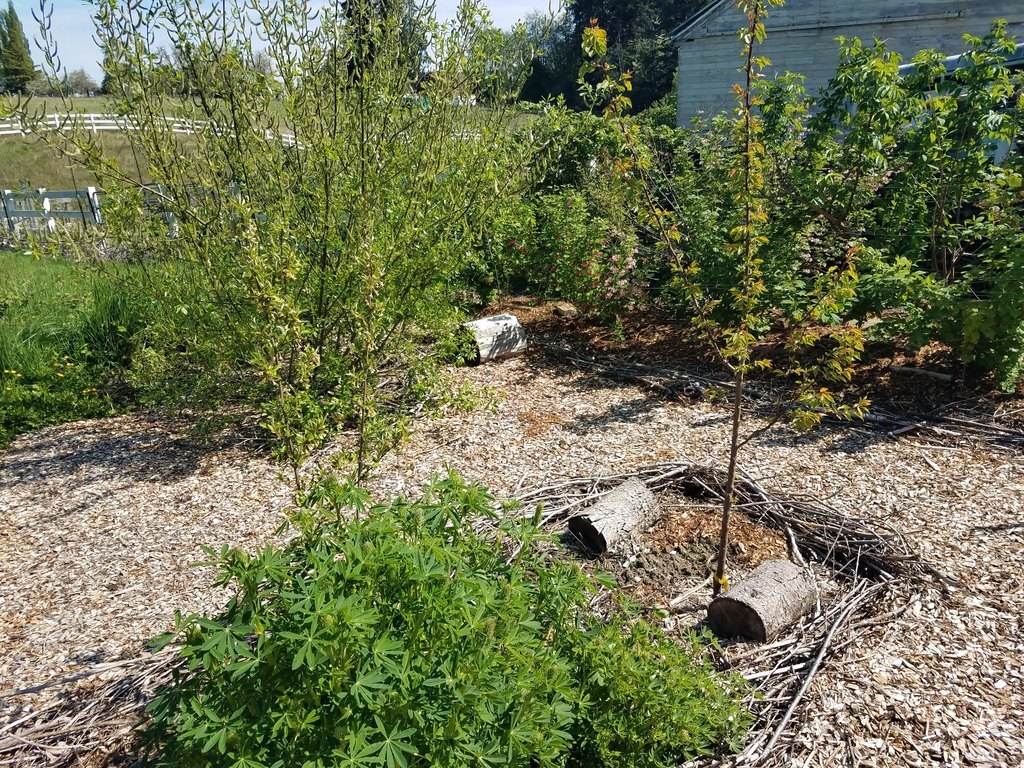
Benefits of a Food Forest Garden
There are multiple benefits of growing a food forest garden. Some of these are:
- Perennial: Plant only once and harvest for years to come. Per square foot area, they take the same amount of time and energy to establish as an annual garden but require less time and energy to maintain once established. At peak productivity, they will provide more yields per unit area than any annual system.
- Less Nutrient Requirements: Annual crops use four times more nutrients than perennials.
- Less Weeds, Diseases or Pests:
- Increased Soil Health: Forests are the climax ecosystem in most places on the planet.
- Create Their Own Microclimate: They can moderate temperature extremes (both high and low), moderate extreme drought and precipitation as well as reduce wind.
- Diversity: Throughout the year (and from year to year), they will create a diversity of yield timing. This means that you can get food from one area from the very beginning of spring all the way through (and sometimes past) the first frost in the fall.
- Beautiful:
- Less Bending Over: This can be something to consider as you age. We all want to establish our own retirement plans, right? Consider food forests as a great option for establishing your gardens for years to come without all the backbreaking work.
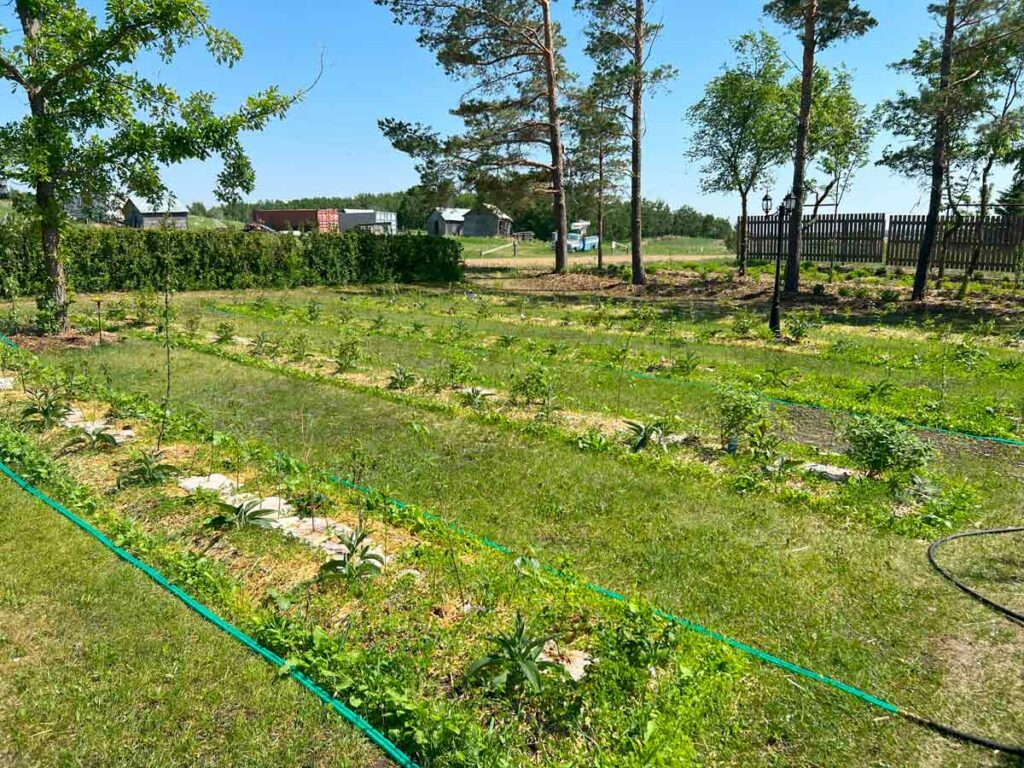

Syntropic Agroforestry vs. Food Forests
What’s the difference between syntropic agroforestry vs. the typical food forests we’ve all heard of? Well, first of all, we’re talking about entropy vs. syntropy.
- Entropy is the measure of the energy dispersal in a system. It is spent on thermodynamic energy. For example, as a campfire burns down, its entropy increases. This is modern industrial agriculture in a nutshell – with huge inputs every year, the quality and quantity of yields steadily decline over time.
- Syntropy is the measure of a system’s increase in energy over time. It is increasing life energy. The universe has a tendency toward complexity, structure, order and ever-increasing life.
Ernst Goch perfectly exemplified syntropy in 1984 when he bought 1,200 acres of deforested land in Brazil. The area was known as the “Dry Land” and had the poorest soil in the region.
Within ten years, Ernst had taken the worst soils and transformed them (with no outside fertilizers or inputs other than some lime) into the best in the region.
His land now produces three times more cocoa per acre than the average cocoa farms in the region. In fact, what was once dry land, now has 17 streams that run year-round (even in droughts).
| Food Forest | Syntropy |
| Competition | Collaboration |
| Random Planting Plans | Strategic Rows (oriented north/south or contour/keyline) to optimize sunlight, water harvesting and management |
| Grass is the enemy. | Grass is the placenta that feeds the baby forest. |
| Decades before the system mimics the forest dynamic. | Months or weeks before the system mimics the forest dynamic. |
| Low density of plantings – high diversity | High density of plantings – low diversity |
| Chop n’ Drop | Mulch & Organize |
| Focus on Climax Plants | Focus on Succession |
| Outcome Based | Process Based |
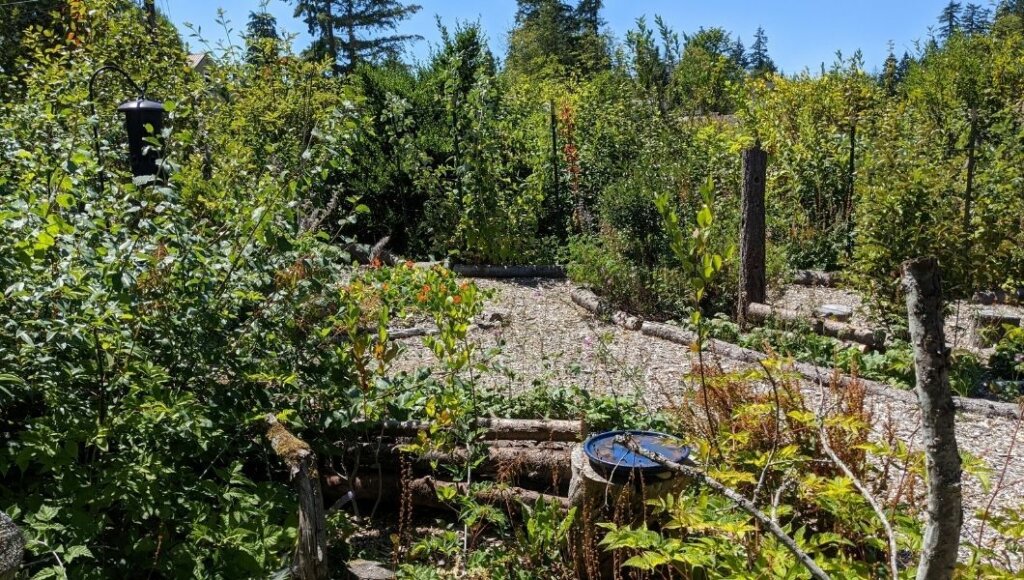
Key Principles for Productive Food Forests
- Strata – The goal is to maximize photosynthesis, cycling energy and creating a microclimate by layering your plants with high, middle and low plants. Your goal is a high leaf area index.
- Life Cycle – This is all about transferring the life energy and nutrients from one plant to another over time. Think of a relay race where the first runner hands off the baton to the next runner, and so on. As one plant grows tired, it passes off its energy to the next plant.
- Succession – Optimizing the four ecosystem processes over time: Water, nutrients, sunlight and organisms.

Applying These Principles to a Small Homestead
To apply these principles to a homestead, follow these examples from Takota:
- Gardens – Use the three sisters’ method of planting corn, squash and beans. Use relay planting, where you plant something in right after you remove one crop. Plant cover crops to help with the strata of your garden.
- Pastures – Use annual nurse crops when establishing your pastures. Use Silvopasture methods along with rotational grazing (mob grazing). Here’s information on pasture rehabilitation as well.
- Grain Crops – Use intercropping strategies, alley cropping or the method Takota shared in the podcast.
- Flower Pots – The strata is something most flower gardeners already do in a flower pot. You think about the height of the back flowers vs. the lower-growing flowers that will be in the front.
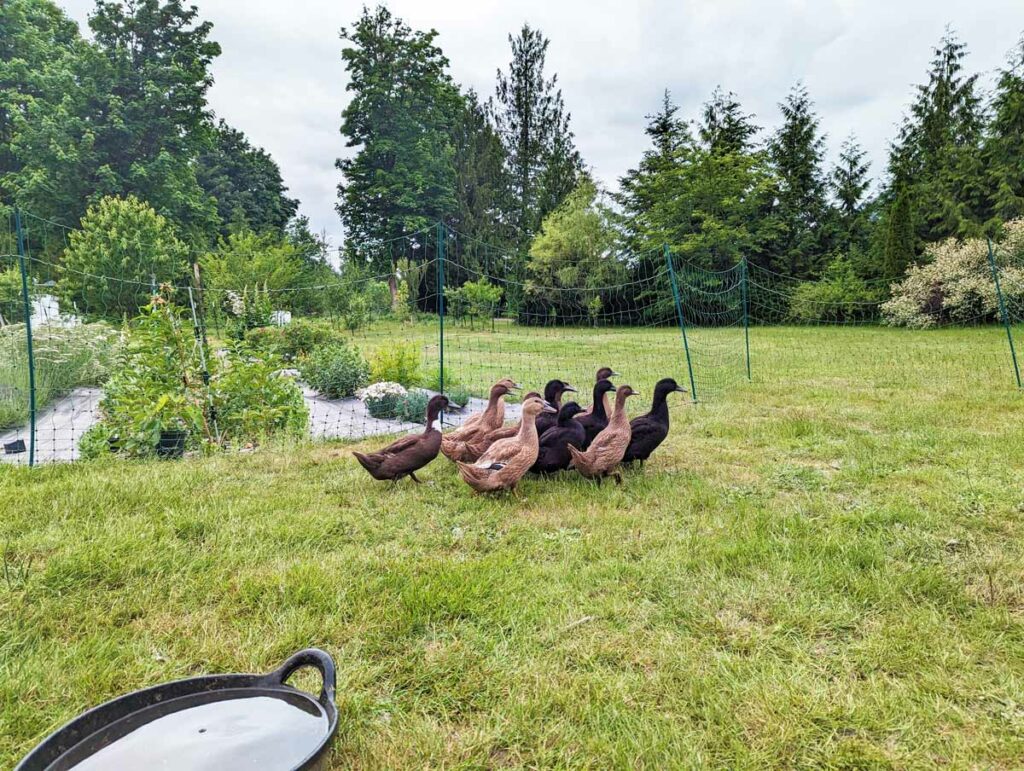
Incorporating Animals into the Food Forest System
Animals are the missing layer in all food forest models, including syntropy. Utilizing animal tractors or exclusion fencing in early years, if not indefinitely. Planting food forests for livestock, etc.
Though we’ve made the mistake of using chickens in the garden during the growing season, we now have ducks that help control our slug population.
Some other benefits of using animals with your food forests:
- They can upgrade low-value plant material to high-value milk, meat, eggs, fat, bones, fibers, etc.
- Livestock feed is cheaper than organic fertilizer.
- Faster cycling of nutrients/mulch, especially in brittle/dry ecosystems.
- Weed/pest control.
- Earlier and more stable yields.
- Entertainment!

Plants to Use in Your Food Forest:
Below are the resources mentioned in the podcast episode with Daron about what plants grow well in food forests:
- Redwood Sorrel – Oxalis oregana – Shade loving native vegetable. How to Grow Redwood Sorrel.
- Woodland Strawberries – Fragaria vesca – Shade-loving strawberry native to western WA. Produces small fruit that is quite tasty. How to Grow Woodland Strawberries
- Miner’s Lettuce sometimes called Claytonia – Claytonia perfoliata – Shade-loving native vegetable but can grow in the sun too. How to Grow Miner’s Lettuce
- Checkermallow – Sidalcea – There are two types, Daron recommends the Henderson’s Checkermallow – Sidalcea hendersonii.
- Goumi Berries – Elaeagnus multiflora – Nitrogen-fixing shrub that’s native to Asia. How to Grow Goumi Berries
- Riverbank Lupines – Lupinus rivularis – Nitrogen fixer. How to Grow Lupines (including riverbank lupines)
- Pacific waterleaf – Hydrophyllum tenuipes – Shade-loving native vegetable. How to Grow Waterleaf
- Virginia waterleaf – Hydrophyllum virginianum – Shade-loving native vegetable. How to Grow Waterleaf
- Spring Bay clover – Springbank clover – Trifolium Wormskioldii – Native nitrogen fixer with edible roots that native people use as a staple food crop. How to Grow Springbank Clover
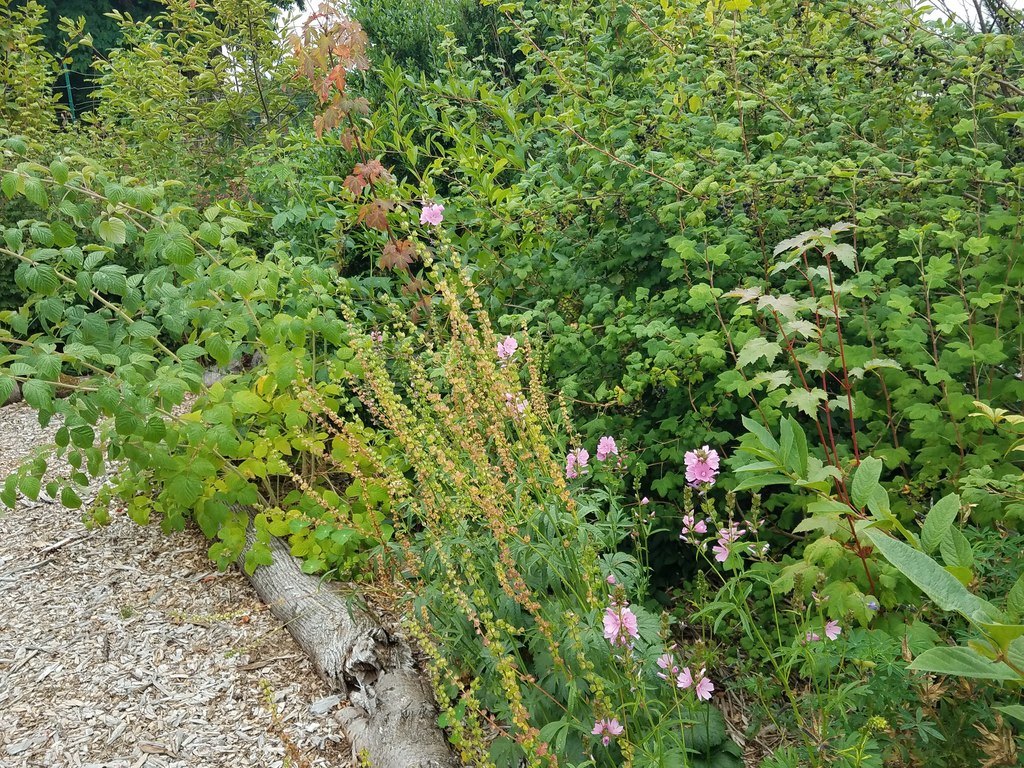
Resources:
- Building Your Homestead
- Audubon Society to find native plants for your area
- Local Conservation Districts or Soil Conservation Districts can help with native plant species.
- Growing With Nature
- Learn more about food forests and forest gardens from Bill Mollison, Geoff Lawton, and Robert Hart.
- The Permaculture Orchard by Stephan Sobkowiak
- Edible Forest Gardens by Dave Jacke & Eric Toensmeier
- Creating a Forest Garden by Martin Crawford
- Restoration Agriculture by Mark Shepard
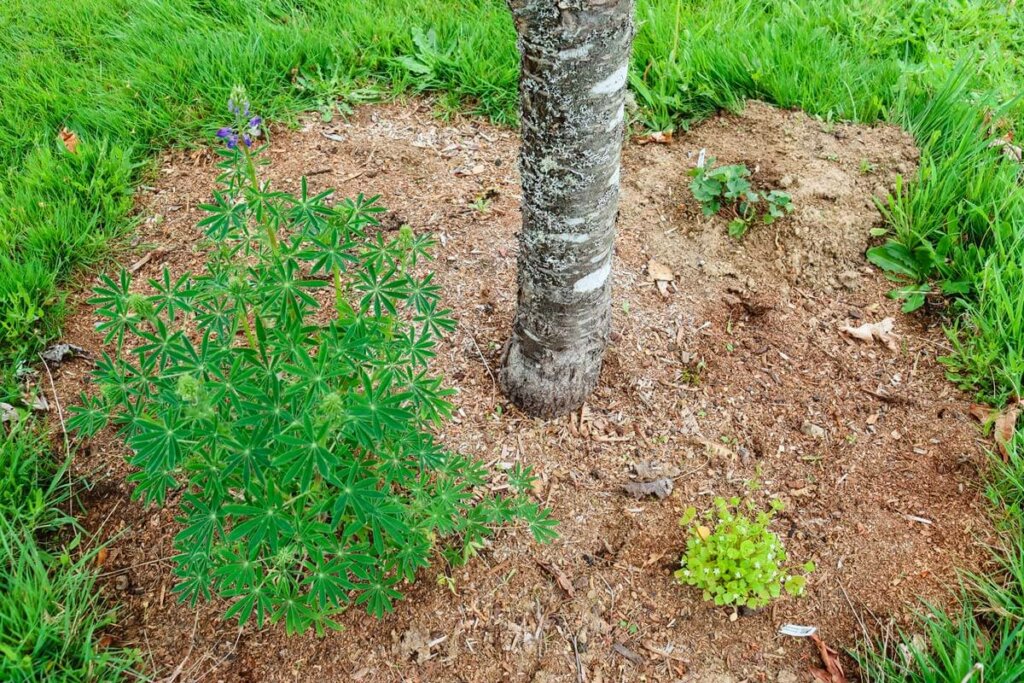
More Posts You May Enjoy
- Planting a Fruit Tree Guild
- 5 Tips for Starting an Orchard and Growing Fruit
- Orchard Planning to Keep Pests Out (Live Coaching Call)
[fusebox_transcript]
